Main factors affecting plasticizing quality
- Categories:Trade News
- Author:
- Origin:
- Time of issue:2021-12-29
- Views:0
(Summary description)Generally speaking, the screw diameter D is inversely proportional to the maximum injection pressure and directly proportional to the plasticizing capacity.
Main factors affecting plasticizing quality
(Summary description)Generally speaking, the screw diameter D is inversely proportional to the maximum injection pressure and directly proportional to the plasticizing capacity.
- Categories:Trade News
- Author:
- Origin:
- Time of issue:2021-12-29
- Views:0
Several important geometric parameters of screw
1. Screw diameter (d)
a. Related to the required injection volume:.
Injection volume = 1 / 4 * & PI* D2 * s (ejection stroke) * 0.85;
b. Generally speaking, the screw diameter D is inversely proportional to the maximum injection pressure and directly proportional to the plasticizing capacity.
2. Conveying section
a. Be responsible for the transportation, extrusion and preheating of plastics, and ensure that they are preheated to the melting point;
b. Crystalline plastics should be long (e.g. POM, PA), followed by amorphous materials (e.g. PS, PU, ABS), and have the shortest thermal sensitivity (e.g. PVC).
3. Compression section
a. Responsible for the mixing, compression and pressurized exhaust of plastics. Almost all raw materials passing through this section have been melted, but they may not be evenly mixed;
b. In this area, the plastic melts gradually, and the screw groove volume must decrease accordingly to correspond to the decrease of plastic geometric volume, otherwise the material pressure is not solid, the heat transfer is slow, and the exhaust is poor;
c. Generally, it accounts for more than 25% of the working length of the screw, but the compression section of nylon (crystalline material) screw accounts for about 15% of the working length of the screw, and plastic screws with high viscosity, fire resistance, low conductivity and high additives account for 40%' 50% of the working length of the screw, and PVC screw can account for 100% of the working length of the screw to avoid intense shear heat.
4. Metering section
a. Generally 20'%; 25% of the working length of the screw to ensure that all plastics are melted, the temperature is uniform and the mixing is uniform;
b. If the metering section is long, the mixing effect is good; if it is too long, the melt will stay too long and produce thermal decomposition; if it is too short, the temperature will be uneven;
c. PVC and other heat sensitive plastics should not stay too long to avoid thermal decomposition. Shorter metering section or no metering section can be used.
5. Feed groove depth, metering groove depth
a. The deeper the depth of the feed screw groove, the greater the conveying capacity, but the screw strength needs to be considered. The shallower the depth of the metering screw groove, the higher the plasticization heating and mixing performance index. However, if the depth of the metering screw groove is too shallow, the shear heat increases, the autogenous heat increases, and the temperature rise is too high, resulting in discoloration or charring of the plastic, especially against the heat sensitive plastic;
b. Metering screw groove depth = Kd = (0.03' 0.07) * D, if D increases, K selects the smaller value.
5、 Main factors affecting plasticizing quality
The main factors affecting the plasticizing quality are: length diameter ratio, compression ratio, back pressure, screw speed, barrel heating temperature, etc.
1. Length diameter ratio: the ratio of the effective working length of the screw to the diameter of the screw.
a. If the length diameter ratio is large, the feeding is easy to be uniform;
b. Plastics with better thermal stability can use a longer screw to improve mixing without burning. Plastics with poor thermal stability can use a shorter screw or screw tail without thread. Considering the characteristics of plastics, the general flow length ratio is as follows: thermosetting is 14' 16. Rigid PVC, high viscosity Pu and other heat sensitivity are 17' 18. General plastic is 18' 22. High temperature stability plastics such as PC and POM are 22' 24。
2. Compression ratio: the ratio of the depth of the last screw groove in the feeding section to the depth of the first screw groove in the metering section.
a. Considering the compressibility, filling degree and reflux of materials, the products shall be dense, heat transfer and exhaust;
b. Proper compression ratio can increase the density of plastic, make the combination between molecules closer, help to reduce the absorption of air, reduce the temperature rise caused by pressure, and affect the difference of output. Improper compression ratio will destroy the physical properties of plastic;
c. The higher the compression ratio, the higher the temperature rise of the plastic in the plasticizing process in the material pipe, the better the mixing uniformity of the plastic in the plasticizing process, and the relative discharge is greatly reduced.
d. High compression ratio is suitable for non fusible plastics, especially those with low melting viscosity and thermal stability; Low compression ratio is suitable for fusible plastics, especially those with high melting viscosity and heat sensitivity.
3. Back pressure
a. Increasing the back pressure can increase the work done by the screw on the molten resin, eliminate the unmelted plastic particles, and increase the density and uniformity of raw materials in the feed pipe;
b. The back pressure is used to increase the barrel temperature, and its effect is the most significant;
c. If the back pressure is too large, it is easy to decompose plastics with high heat sensitivity, and salivation may occur for plastics with low viscosity. If the back pressure is too small, the finished products injected may have bubbles.
4. Screw speed
a、 The rotation speed of the screw directly affects the shear of plastic in the spiral groove;
b. The small screw groove is shallow and absorbs the heat source quickly, which is enough to make the plastic soften during the compression period. The friction heat energy between the screw and the barrel wall is low, which is suitable for high-speed rotation and increase the plasticizing capacity;
c. Large screw should not rotate quickly to avoid uneven plasticization and excessive friction heat;
d. For plastics with high heat sensitivity, if the screw speed is too high, the plastics will be easily decomposed;
e. Generally, each size of screw has a certain speed range, and the general speed is 100' 150rpm; Too low will not melt the plastic, too high will scorch the plastic.
5. Electrothermal temperature setting
a. Melt the cold and hard plastic retained in the barrel and the screw to facilitate the rotation of the screw and provide part of the heat required for the plastic to obtain melting;
b. The setting is lower than the melt temperature 5' 10 ℃ (partially provided by friction heat energy);
c. The adjustment of nozzle temperature can also be used to control salivation, condensate (plug nozzle), wire drawing and other problems;
d. General temperature control of crystalline plastics
Scan the QR code to read on your phone
Recommended products
Xiamen Jufu plastic products Co., Ltd.
Service hotline:
Add: No. 28, Xinglin North 2nd Road, Jimei District, Xiamen City, Fujian Province
Website: www.chinajufu.com
E-mail: erinzhang@chinajufu.com


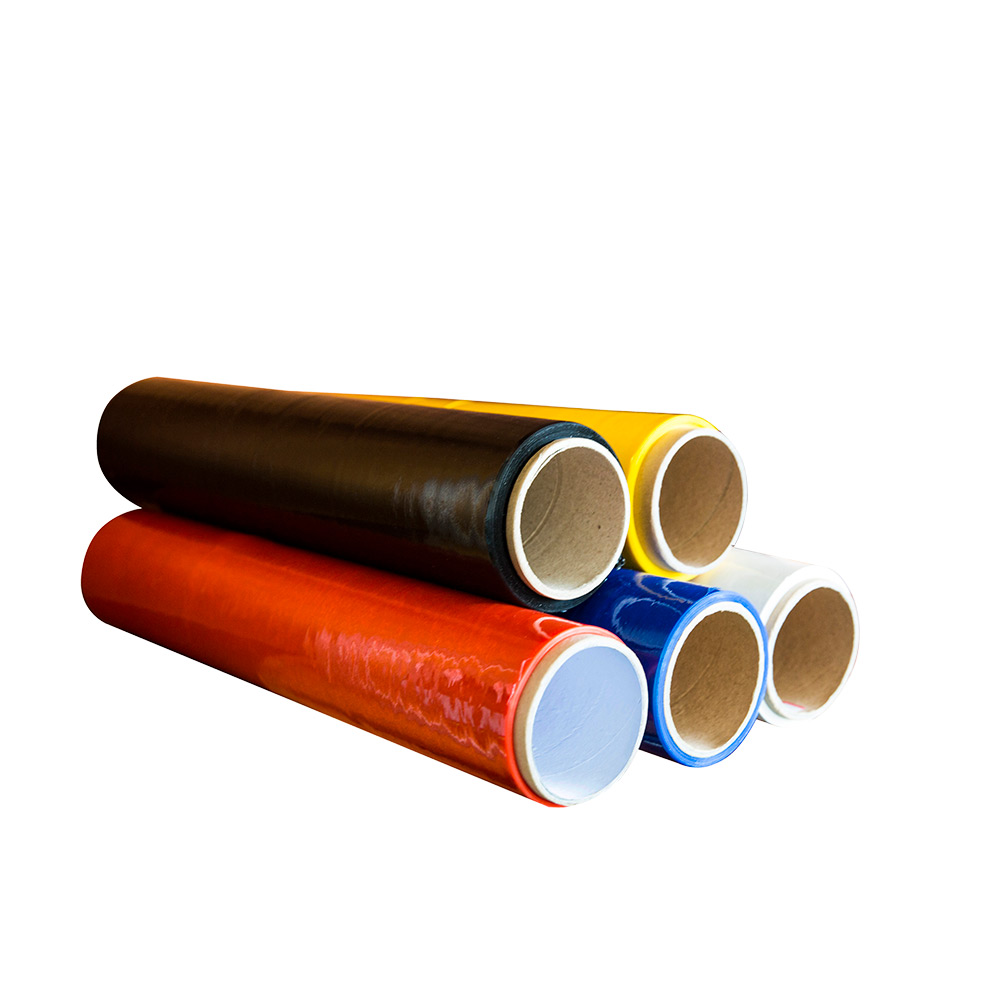
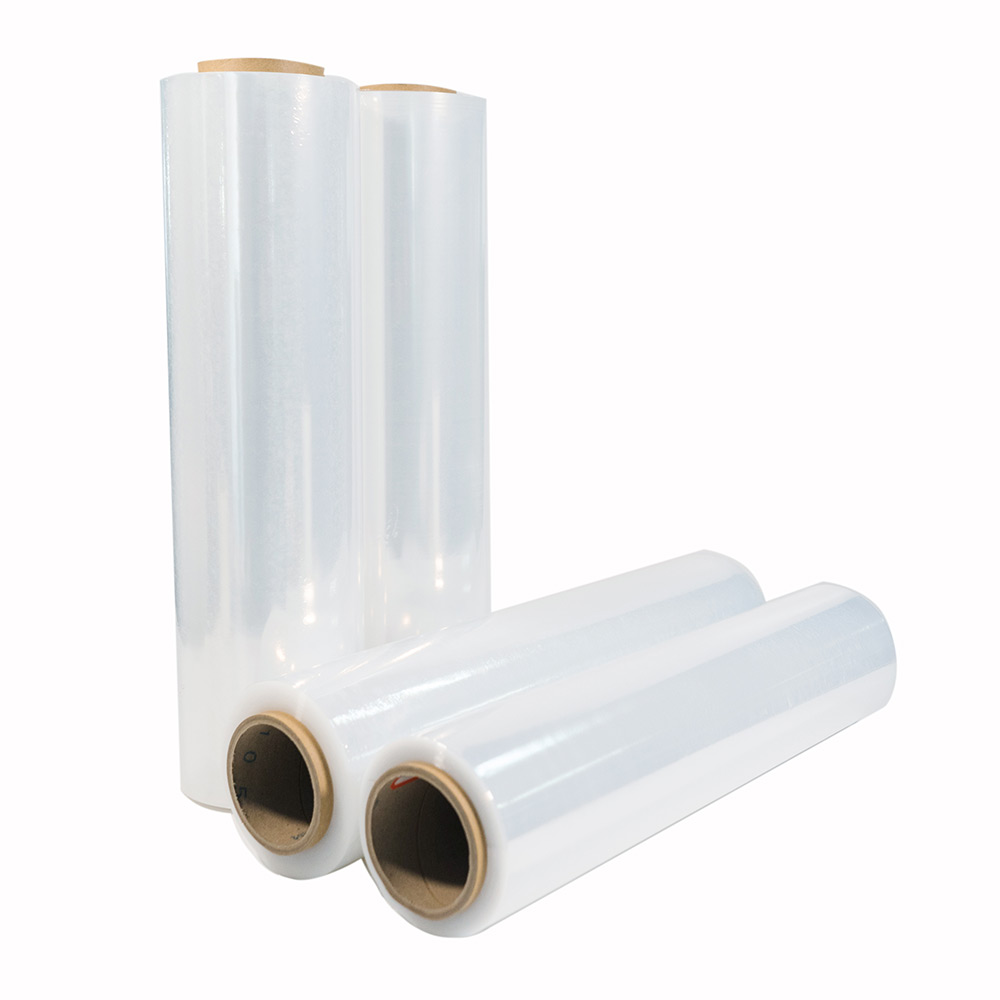
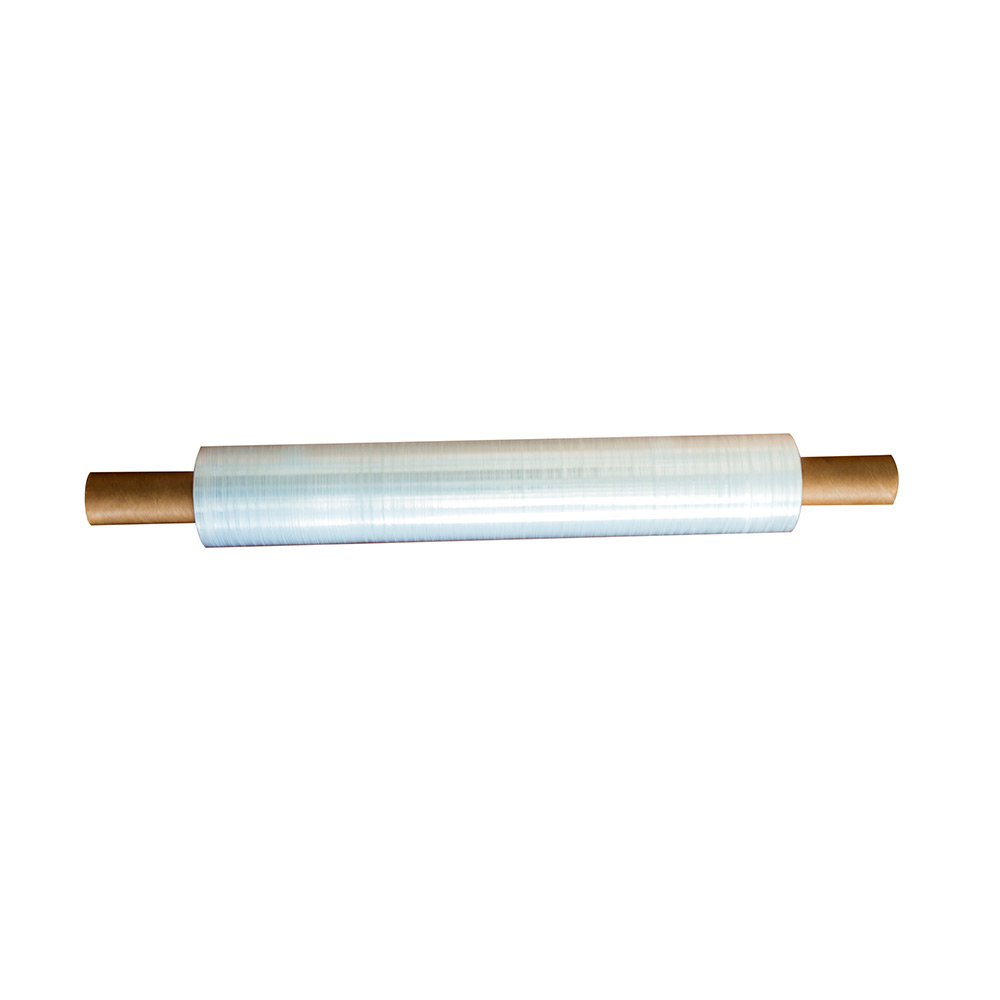


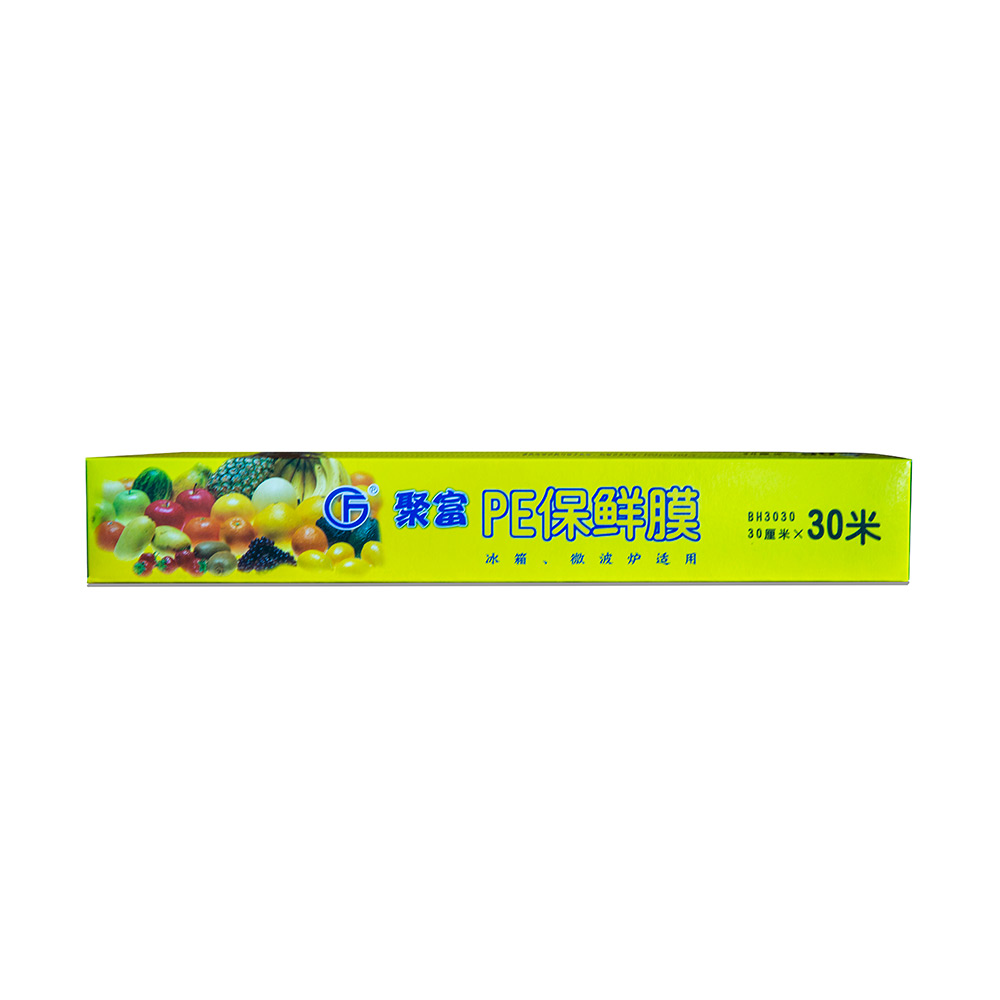
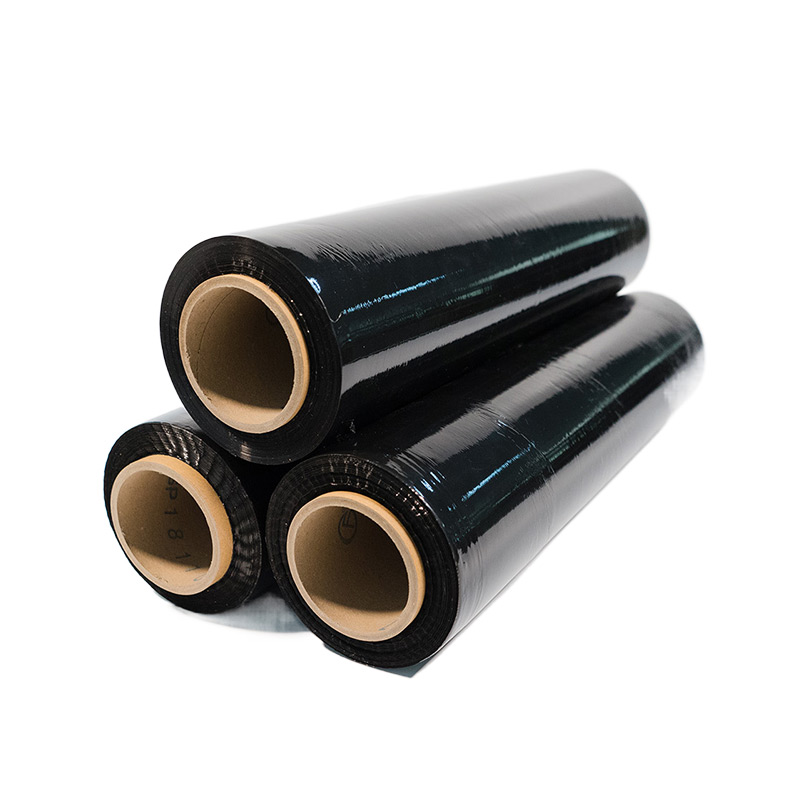
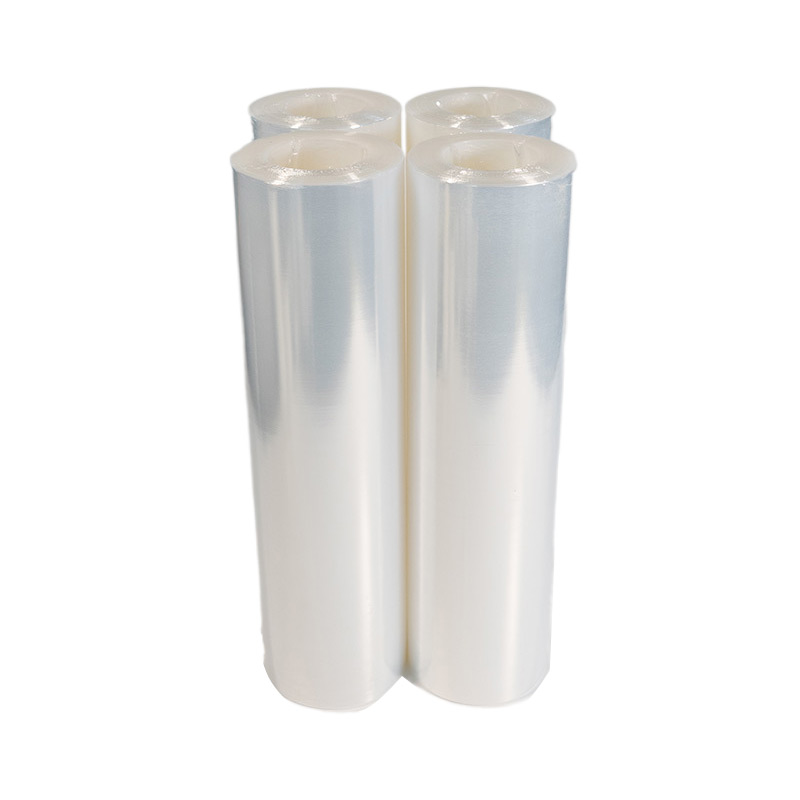
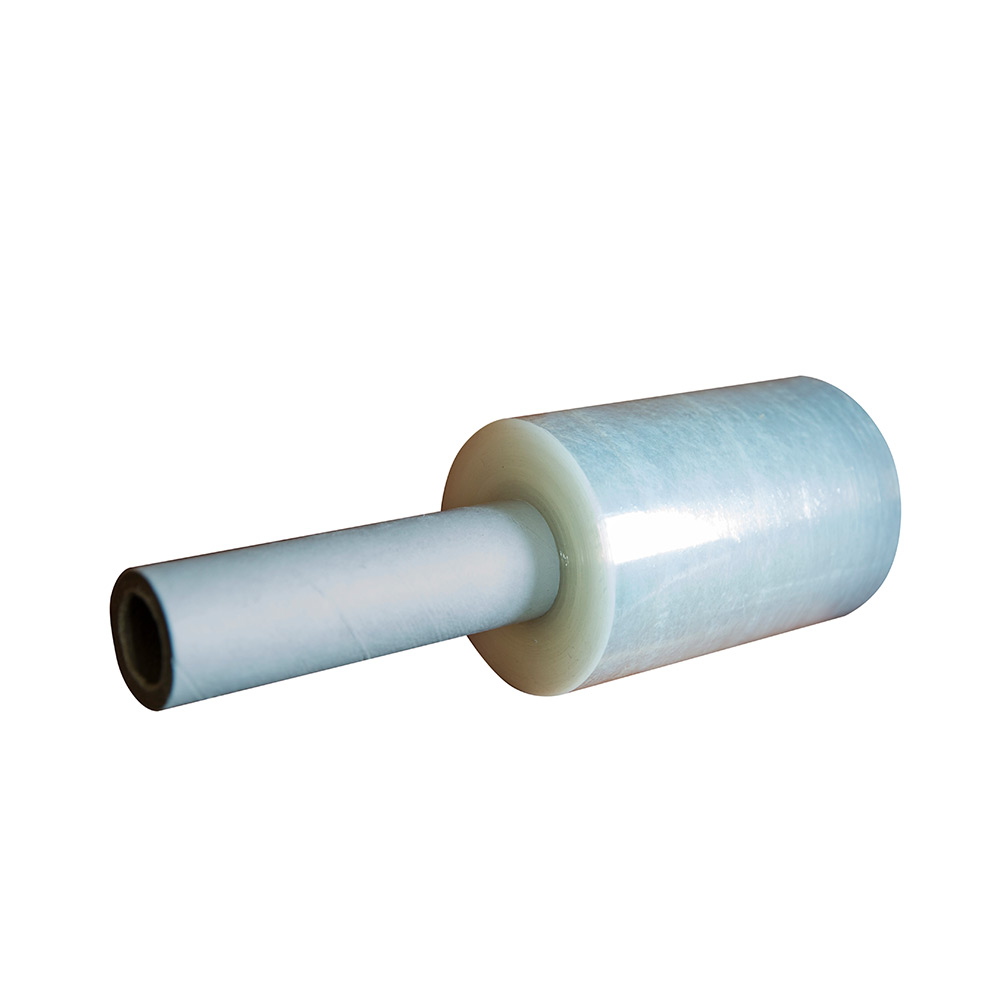
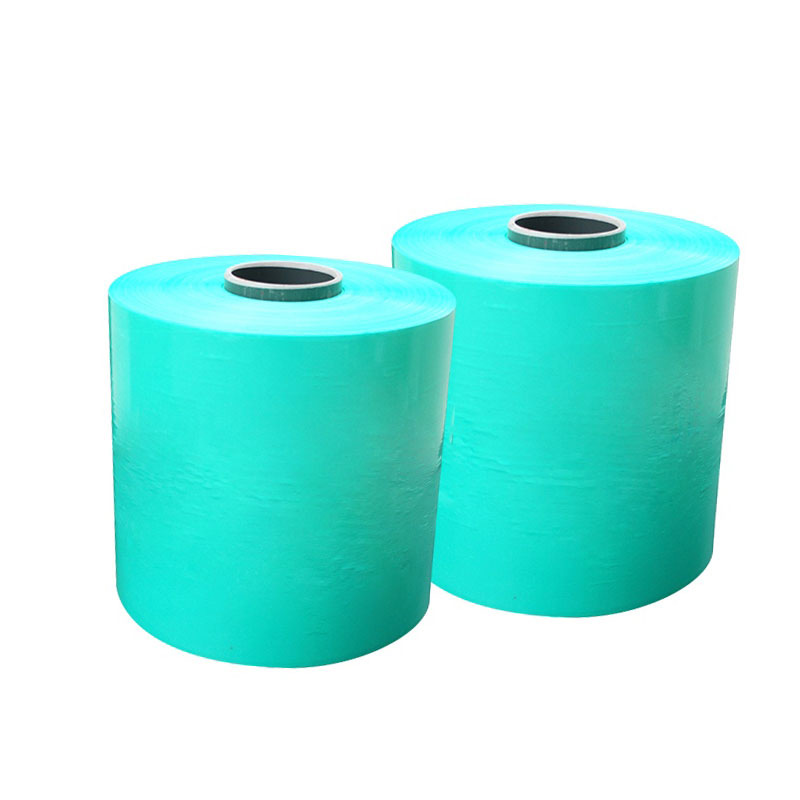
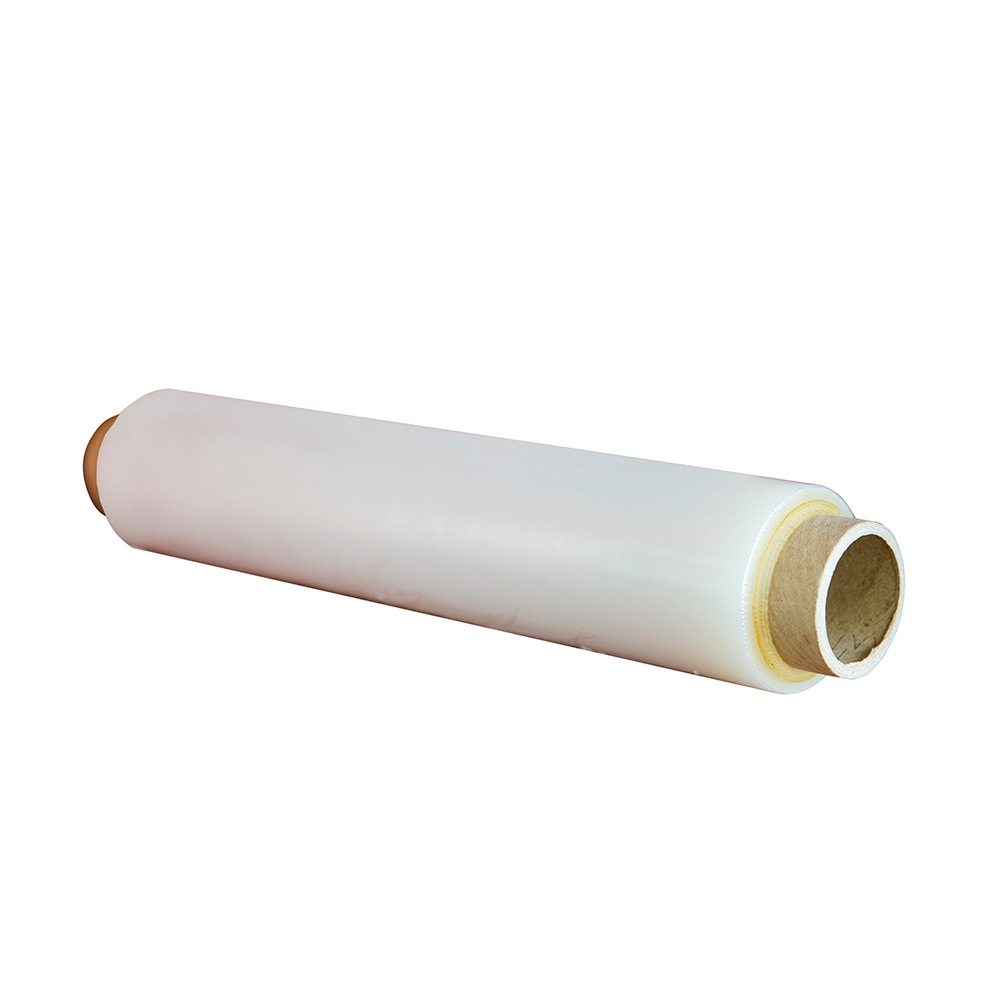
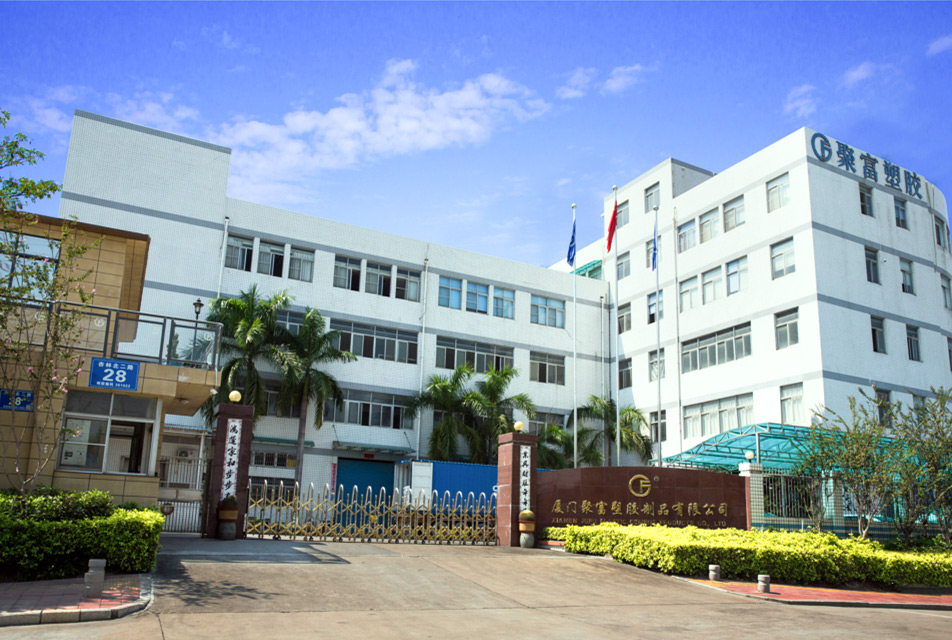
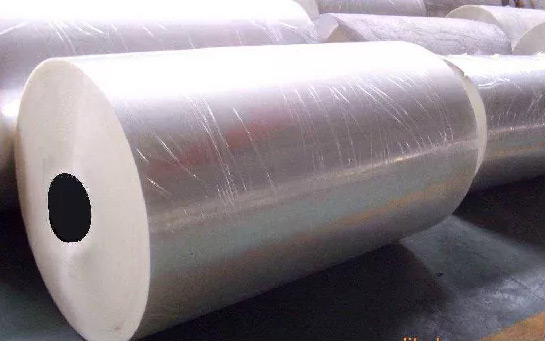
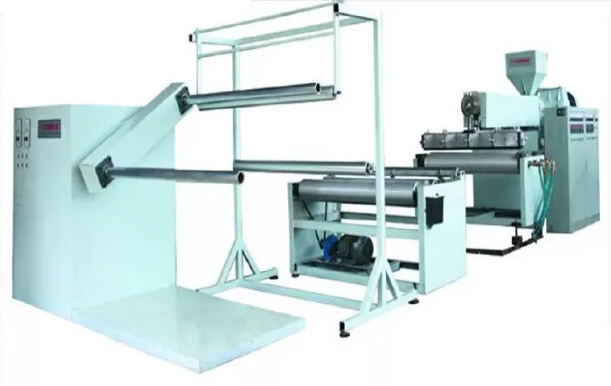
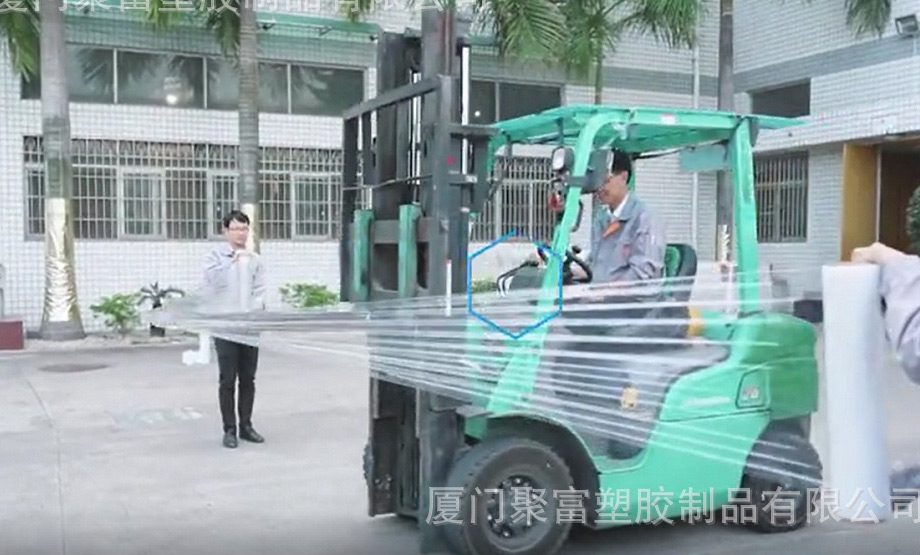

 +86-592-6241802
+86-592-6241802

 Feedback
Feedback 